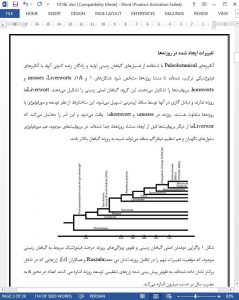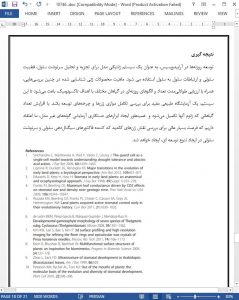Abstract
Plant development has a significant postembryonic phase that is guided heavily by interactions between the plant and the outside environment. This interplay is particularly evident in the development, pattern and function of stomata, epidermal pores on the aerial surfaces of land plants. Stomata have been found in fossils dating from more than 400 million years ago. Strikingly, the morphology of the individual stomatal complex is largely unchanged, but the sizes, numbers and arrangements of stomata and their surrounding cells have diversified tremendously. In many plants, stomata arise from specialized and transient stem-cell like compartments on the leaf. Studies in the flowering plant Arabidopsis thaliana have established a basic molecular framework for the acquisition of cell fate and generation of cell polarity in these compartments, as well as describing some of the key signals and receptors required to produce stomata in organized patterns and in environmentally optimized numbers. Here we present parallel analyses of stomatal developmental pathways at morphological and molecular levels and describe the innovations made by particular clades of plants.
Review
Introduction to stomata and stomatal pattern
Plants conquered land more than 400 million years ago. In the fossil record, the appearance of these pioneer species is contemporaneous with the appearance of structures on their surfaces called stomata. Each stoma (plural, stomata) consists of paired epidermal guard cells, a pore between them and an airspace in the photosynthetic mesophyll tissue subtending it. The function of stomata is to regulate gas exchange between the plant and its surroundings. On short timescales (minutes to hours), the opening and closing of the stomatal pore by turgor-driven changes in guard cell shape is a key regulatory step in maintaining water and carbon dioxide balance. Work from many laboratories has defined the intracellular signal transduction cascades that mediate changes in pore size in response to hormone and environmental signals [1].
Conclusions
Stomatal development in Arabidopsis has been used as a model genetic system for the analysis of cell fate, cell polarity and cell to cell communication. The nature of the gene products identified in such analysis, coupled with the long tradition of evaluating the numbers and patterns of stomata in diverse plants for taxonomic purposes makes this system a useful natural laboratory to look at the parallel evolution of genes and developmental trajectories. As the number of completed plant genomes increases and tools for experimental manipulation of non-model species develop, we believe there will be an excellent opportunity to test the roles of candidate cell fate- and cell signaling factor-encoding genes in creating developmental diversity.











